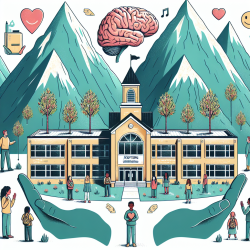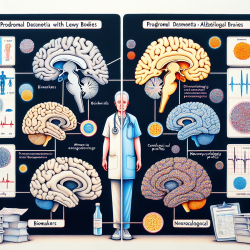Understanding School-Based Mental Health in Utah
In Utah, the emphasis on school-based mental health (SBMH) is growing, driven by a need to foster safe and healthy learning environments. The Utah State Board of Education (USBE) has implemented strategic plans to address the mental health needs of students through services and therapy, coordinated by experts like Shauntelle Cota, the Safe and Healthy Schools Coordinator.
Services vs. Therapy
SBMH can be divided into two main categories:
- Services: These are supports aimed at promoting student wellness, social, emotional, and behavioral health. They include prevention activities and individual or small group counseling. Services are provided by trained individuals who recognize mental health needs and advocate for mental health supports.
- Therapy: This involves the treatment or prevention of mental illness by licensed mental health professionals. Therapy typically includes individual or group sessions and coordination with community-based mental health services.
Funding and Support Programs
To enhance SBMH, Utah has introduced several initiatives:
- Grow Your Own Educator Pipeline Program: This program, established in 2021, offers scholarships to school personnel aspiring to become licensed teachers, counselors, psychologists, or social workers. It aims to address staffing shortages and increase the number of qualified mental health professionals in schools.
- SBMH Qualifying Grant: USBE distributes funds to Local Education Agencies (LEAs) to provide targeted mental health support, including clinical services and trauma-informed care.
Mental Health Screening and School Climate
Mental health screening is a proactive approach to identify students at risk of mental health issues such as anxiety, depression, and suicidal ideation. It is an early identification strategy, not a diagnostic tool, to enable timely intervention.
School climate plays a crucial role in student well-being. A positive climate supports safety, connection, and engagement. However, challenges such as bullying, lack of safety, and negative relationships can hinder a positive school environment.
Addressing Barriers and Improving Outcomes
Several barriers impact the effectiveness of SBMH programs:
- Lack of resources in rural schools
- Insufficient support for educator wellness
- Data gaps in services accessed by LEAs
Efforts to overcome these barriers include defining best practices, enhancing resource allocation, and continuous support for mental health personnel.
Conclusion
Enhancing SBMH services in Utah is crucial for fostering safe and healthy learning environments. By addressing staffing shortages, increasing funding, and improving school climate, Utah aims to support the mental health needs of its students effectively.
For more information, please follow this link.










